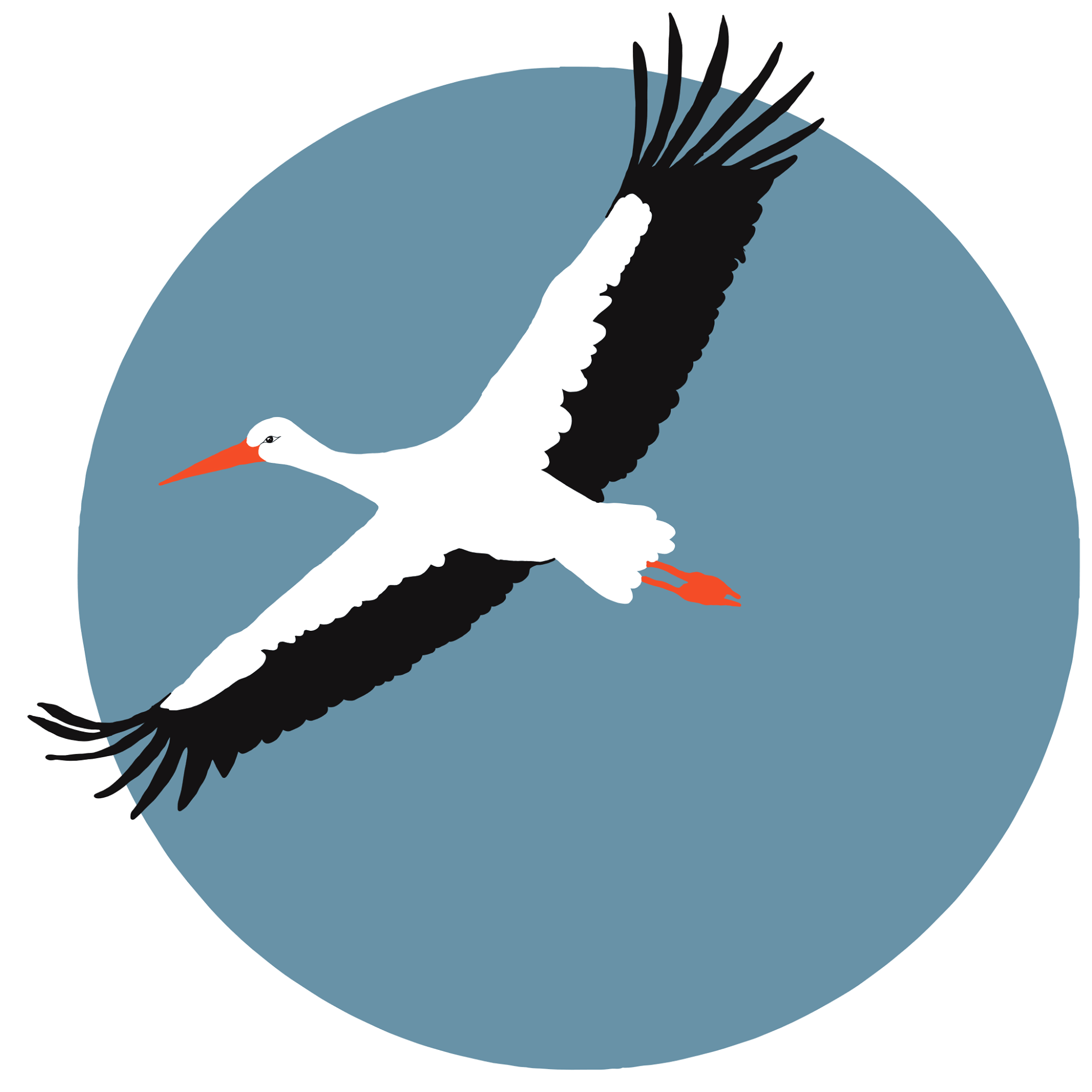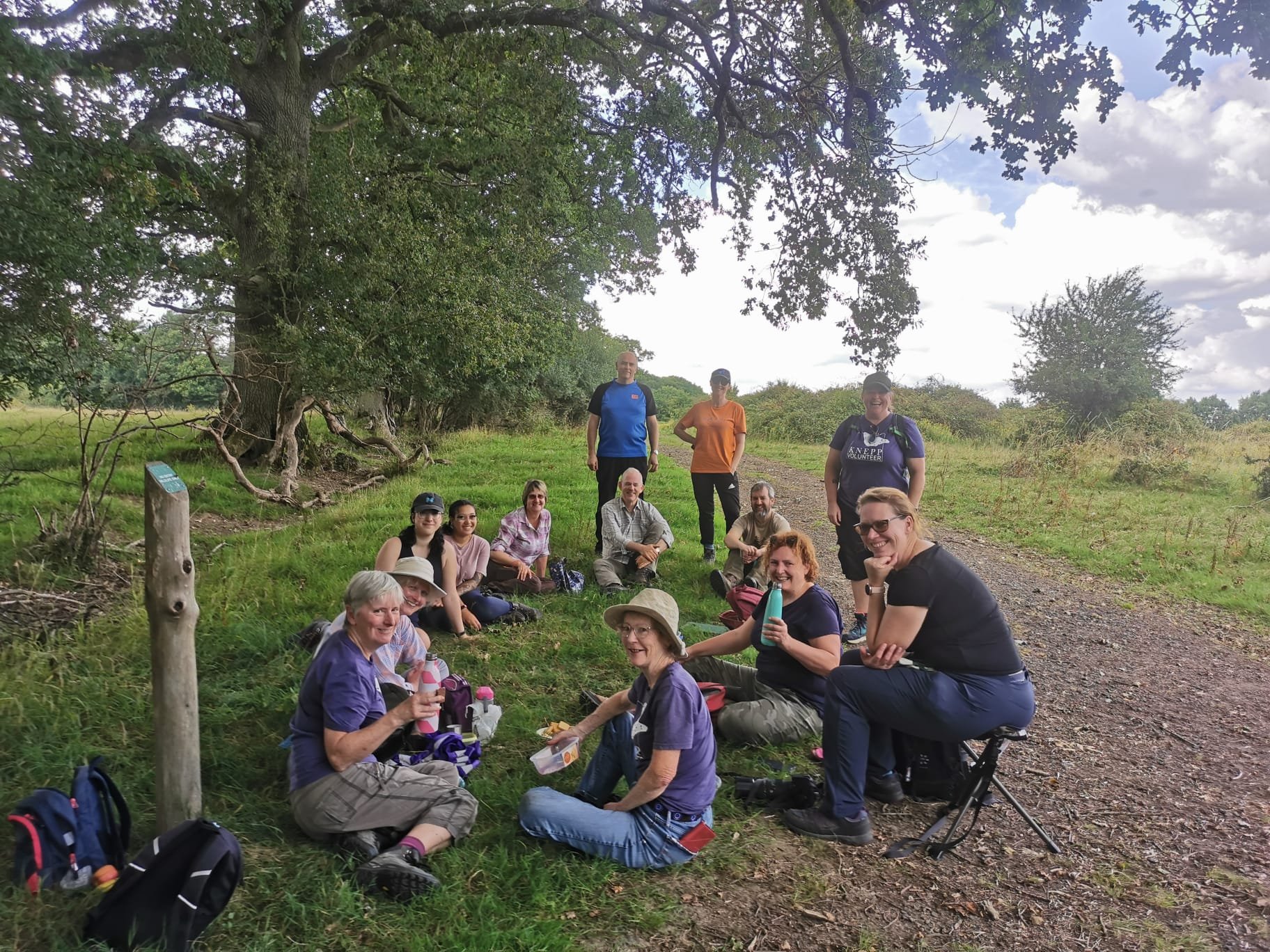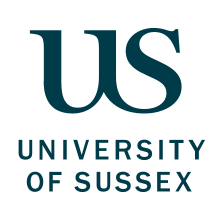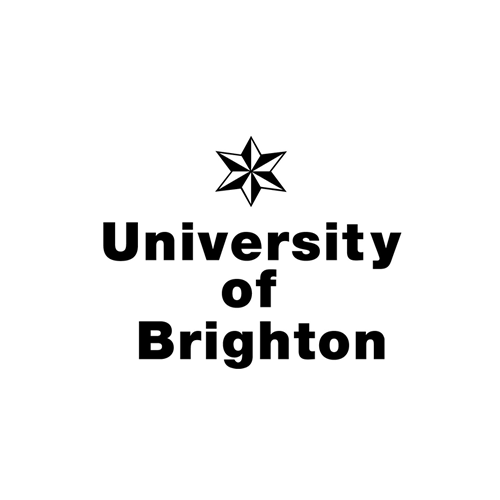Partners
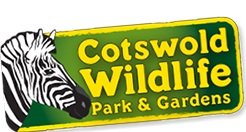
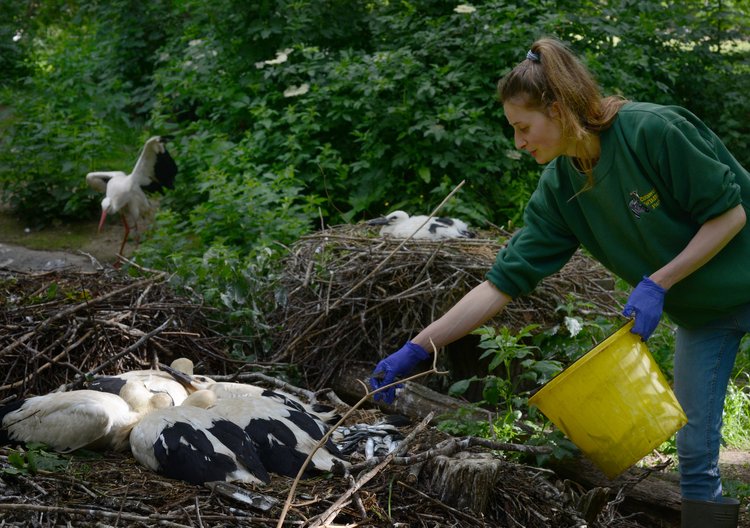
Photo credit: Rory Carnegie
Husbandry & Captive Breeding Programme
Cotswold Wildlife Park
Cotswold Wildlife Park imported and quarantined the original non-flying birds from Warsaw Zoo, Poland. It runs the project’s captive breeding programme from a large on-site enclosure in the grounds of the Wildlife Park, providing juveniles for release at Knepp and Wadhurst every year. This reinforcement is a crucial part of the reintroduction as the two colonies get established. The increased number of storks helps the colony feel secure and also helps attract wild birds over from Europe.
CWP has a wealth of experience in breeding captive birds (and other animals) and seeding reintroductions and species reinforcements in the wild. The guidance of Jamie Craig, CWP’s Curator and his team, has been fundamental to the success of the breeding pens at Knepp and Wadhurst.
At least one of the captive bred storks from the CWP has made it all the way to Morocco on migration and we are excited to find out if it returns back to the UK to breed.


Core Organisation
Knepp Wildland Foundation
The White Stork Project is run by Knepp Wildland Foundation, a charitable foundation based at Knepp Estate. The project team is headed by White Stork Project Manager, Laura Vaughan-Hirsch, who oversees the daily care and feeding of the storks at Knepp, and the monitoring of both colonies at Knepp and Wadhurst. Laura leads a dedicated team of volunteers who help with all this work. She also gives talks, tours and presentations, fostering awareness of the project locally and beyond. Penny Green, Knepp’s ecologist, helped found the pen at Knepp, running it almost singlehandedly at the start of the project. She manages the ringing and GPS-tagging of the birds.
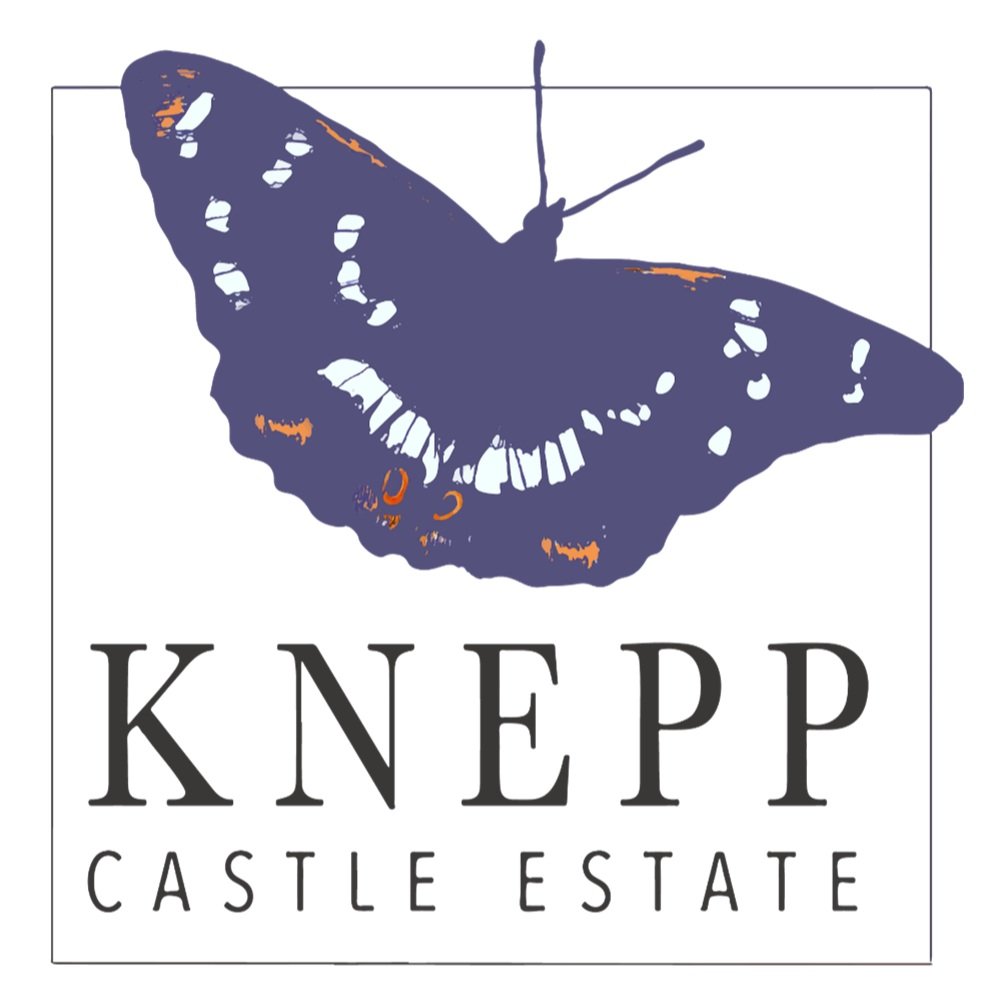
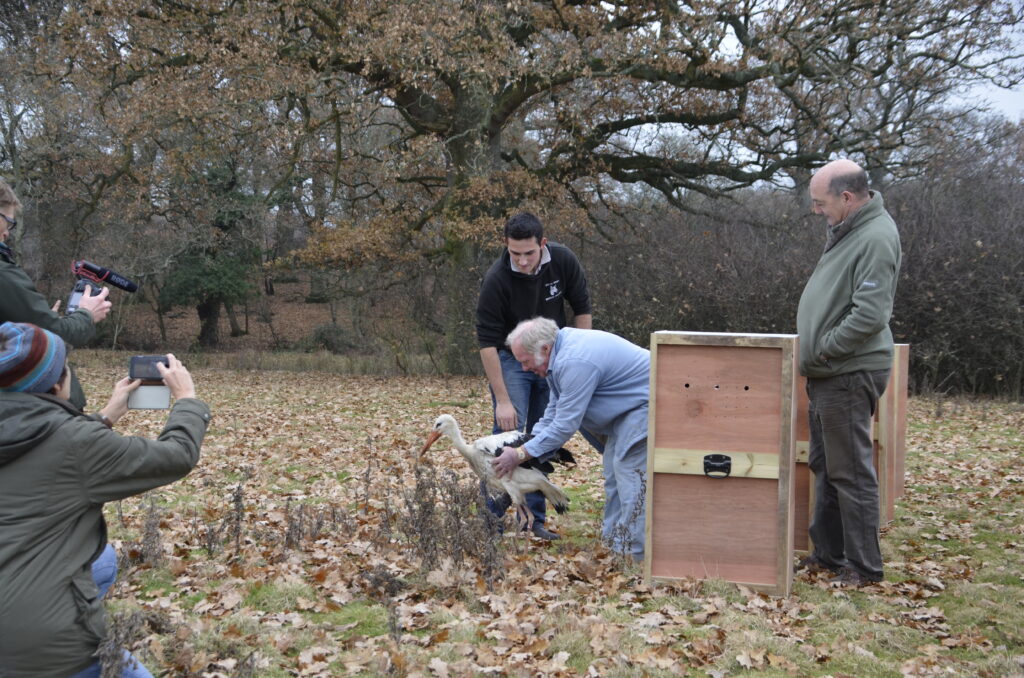
Core Project Site
Knepp Estate
The rewilding project at Knepp Estate was the first site in the project to establish a starter colony with over 20 penned non-flying birds from Warsaw Zoo in 2016. These are supplemented every year with free-flying juveniles bred at Cotswold Wildlife Park – a reinforcement method based on successful stork reintroduction programmes in Europe over the last 50 years.
The abundance of insects, especially grasshoppers, beetles and worms, as well as small mammals, reptiles and amphibians, in the scrubland, open grassland and wetlands of the rewilding project provides ample food for free-flying storks throughout spring, summer and autumn.
In July 2020, 4 white stork chicks fledged in the wild at Knepp – the first in Britain for hundreds of years. Knepp’s skies are now busy with thermalling white storks, both UK-bred and wild storks joining them from Europe. Free-flying storks are now successfully nesting in the trees outside the pen and beyond and, together with the non-flying storks breeding in the pen, they are adding to the population of storks every year.
Core Project Site
Wadhurst Park
Wadhurst Park Estate in East Sussex is the project’s second core site, begun in 2018, providing a strategic second colony in south-east England, close to the English Channel for the migratory crossing. There is a lot of interaction between the two colonies, with birds flying constantly between, and pairing up with birds from the other site.
The habitat at Wadhurst, like Knepp, is perfect for white storks, with ample feeding opportunities in the rewilded grassland, woodland and wood pasture landscape, and around the edges of a large, thriving lake and series of wildlife ponds. Head Ecologist at Wadhurst Angela Brennan runs the onsite pen and heads up the monitoring of the Wadhurst birds with the help of other team members.
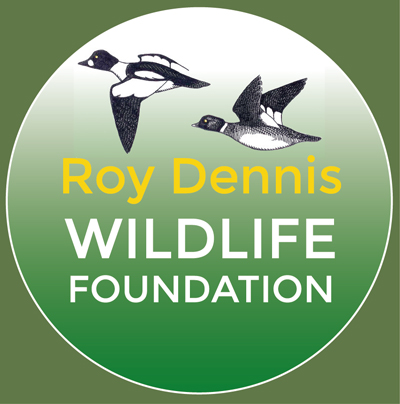
Species Recovery Expertise
Roy Dennis Wildlife Foundation
The Roy Dennis Wildlife Foundation is dedicated to wildlife conservation and research and is responsible for the reintroduction of a number of missing species to Britain, including ospreys and white-tailed eagles. Its technical reintroduction expertise, including monitoring, tracking and community engagement, is invaluable to the White Stork Project.
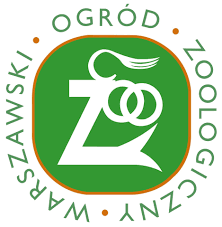
Source Population
Warsaw Zoo
The original storks for our project were kindly donated by Warsaw Zoo in Poland. These are birds that had been injured in road accidents or in powerlines and can no longer fly. Otherwise, they are fit and healthy and now enjoy a rehabilitated life in the enclosure at Cotswold Wildlife Park, and in open pens at Knepp and Wadhurst where they interact with other free-flying and wild birds. They are also happily breeding, providing new generations of free-flying birds every year.
White Stork Project Board Members
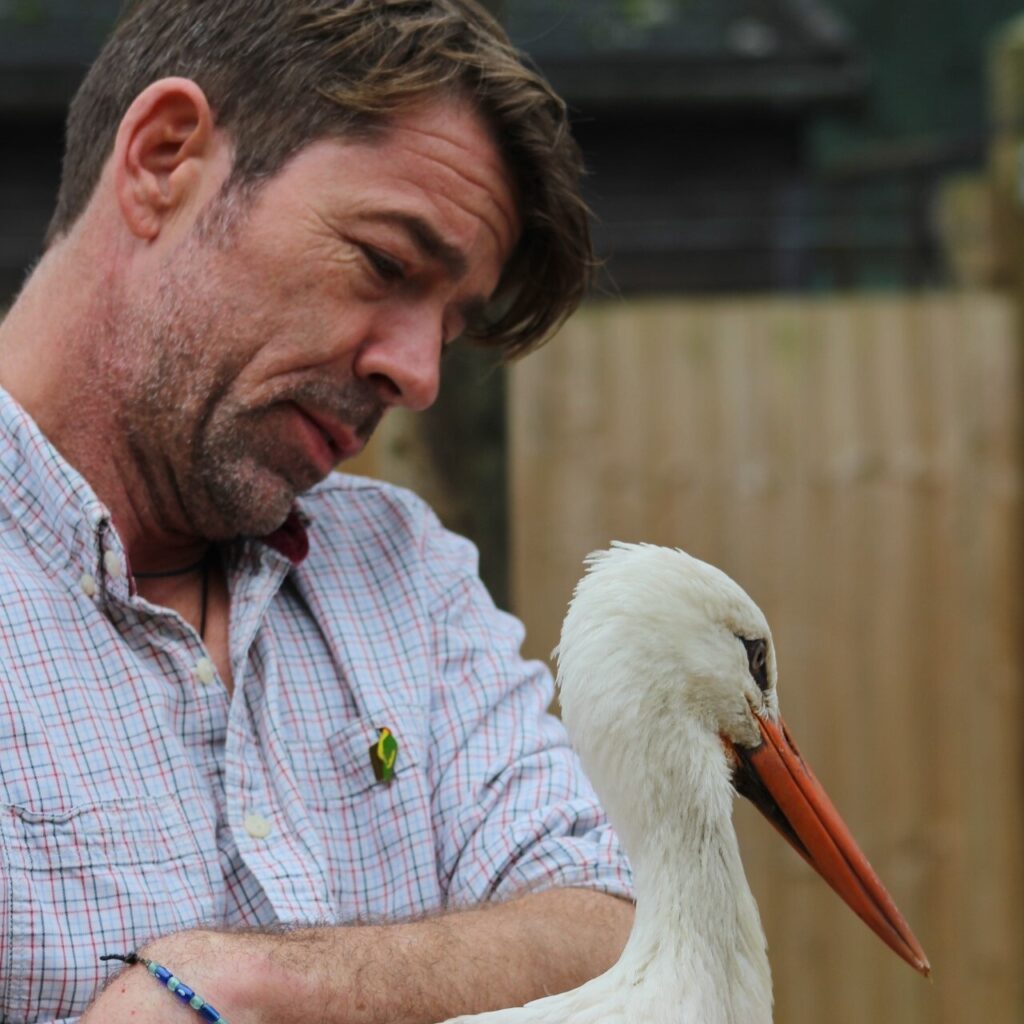
Jamie Craig
Curator – Cotswold Wildlife Park

Reggie Heyworth
Owner – Cotswold Wildlife Park

Dr Aldina Franco
University of East Anglia
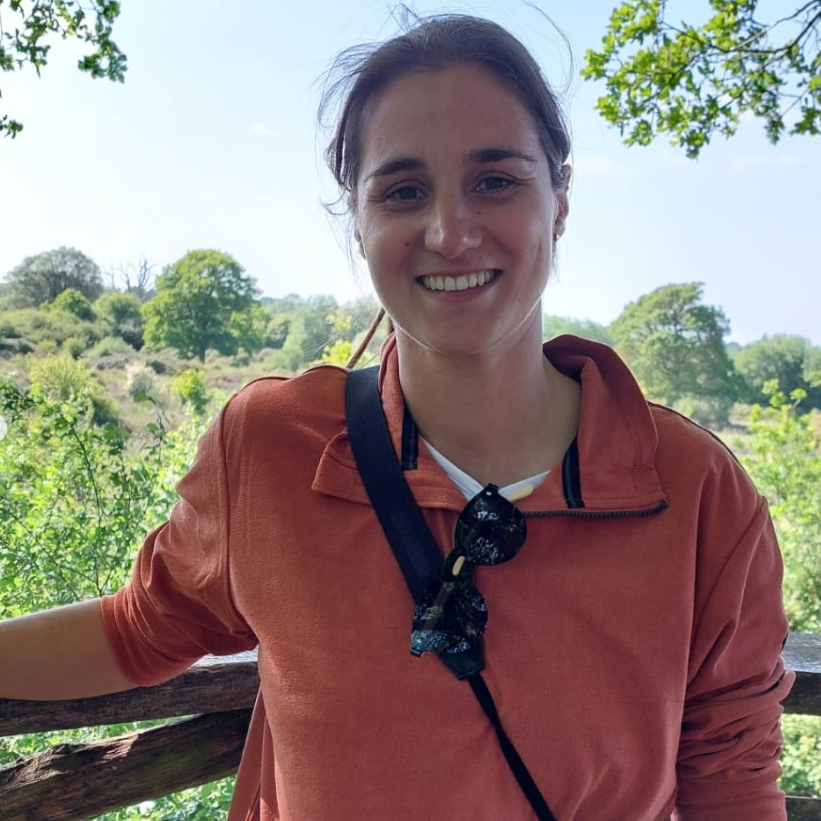
Laura Vaughan-Hirsch
White Stork Project Manager

Charlie Burrell
Owner – Knepp Estate

Isabella Tree
Owner – Knepp Estate

Penny Green
Ecologist
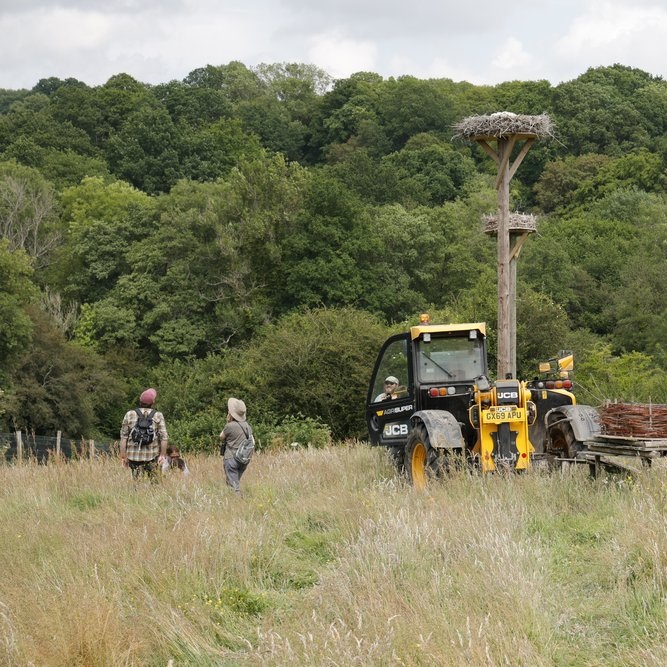
Bradley Draga-Williams
Ecologist – Wadhurst Park

Tim Mackrill
Roy Dennis Wildlife Foundation
Our Volunteers
We are lucky to have an incredible team of volunteers at Knepp who dedicate a huge amount of time, energy and expertise in sustaining the White Stork Project. They do everything from feeding the non-flying birds in the pen every day, checking the perimeter fence, maintaining kit and infrastructure, providing nesting materials from coppice for the non-flying birds to monitoring – often for many hours at a time – the activities of all the birds on site, and talking to visiting public about the storks. Their generosity and dedication underpins the success of the project and provides invaluable data for the ongoing conservation of these amazing birds.
Here is what Stork Volunteer, Kirsty Richardson, has to say about her involvement in the Project:
‘It is a joy and an honour to work with the White Stork Project. I visit the stork enclosure regularly to feed our flightless birds and monitor nest building. As the season progresses through mating season, the excitement builds as I watch nests to spot the storks behaviour that indicates they have laid eggs and then watch for signs that they’ve hatched. Later it’s time for ringing and fledging, which is always bittersweet as it takes 4 years for them to return.
The highlights of my 6 years with the project would have to be in 2020 my first sighting of the first chick hatched (nest 1) in over 600 years in this country. How amazing is that. It brought a tear to my eye. Another huge moment was in 2023 when some of the flightless birds produced chicks who successfully fledged and then headed south to warmer climes, all on their own – their instincts are strong. They are captivating and fascinating.’
